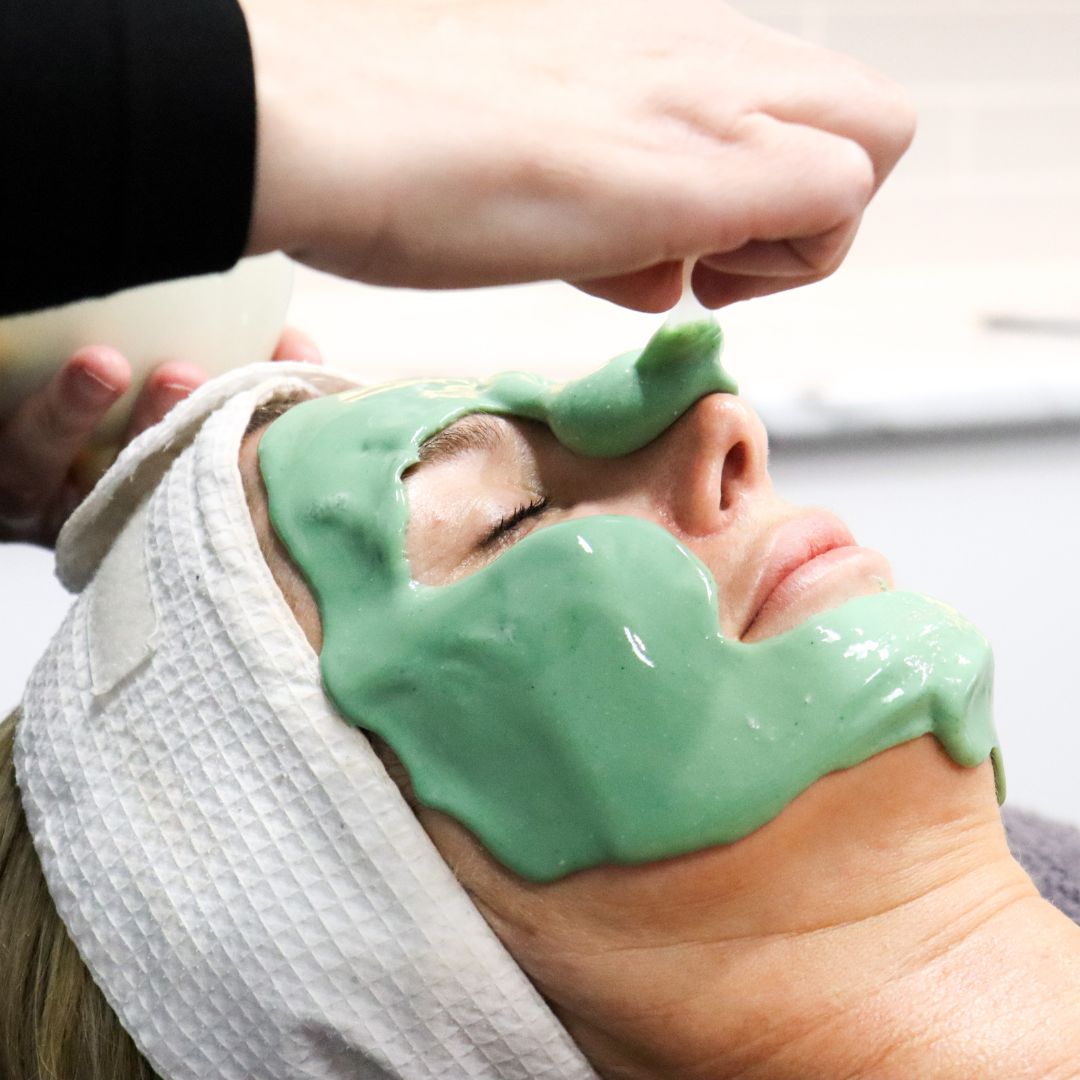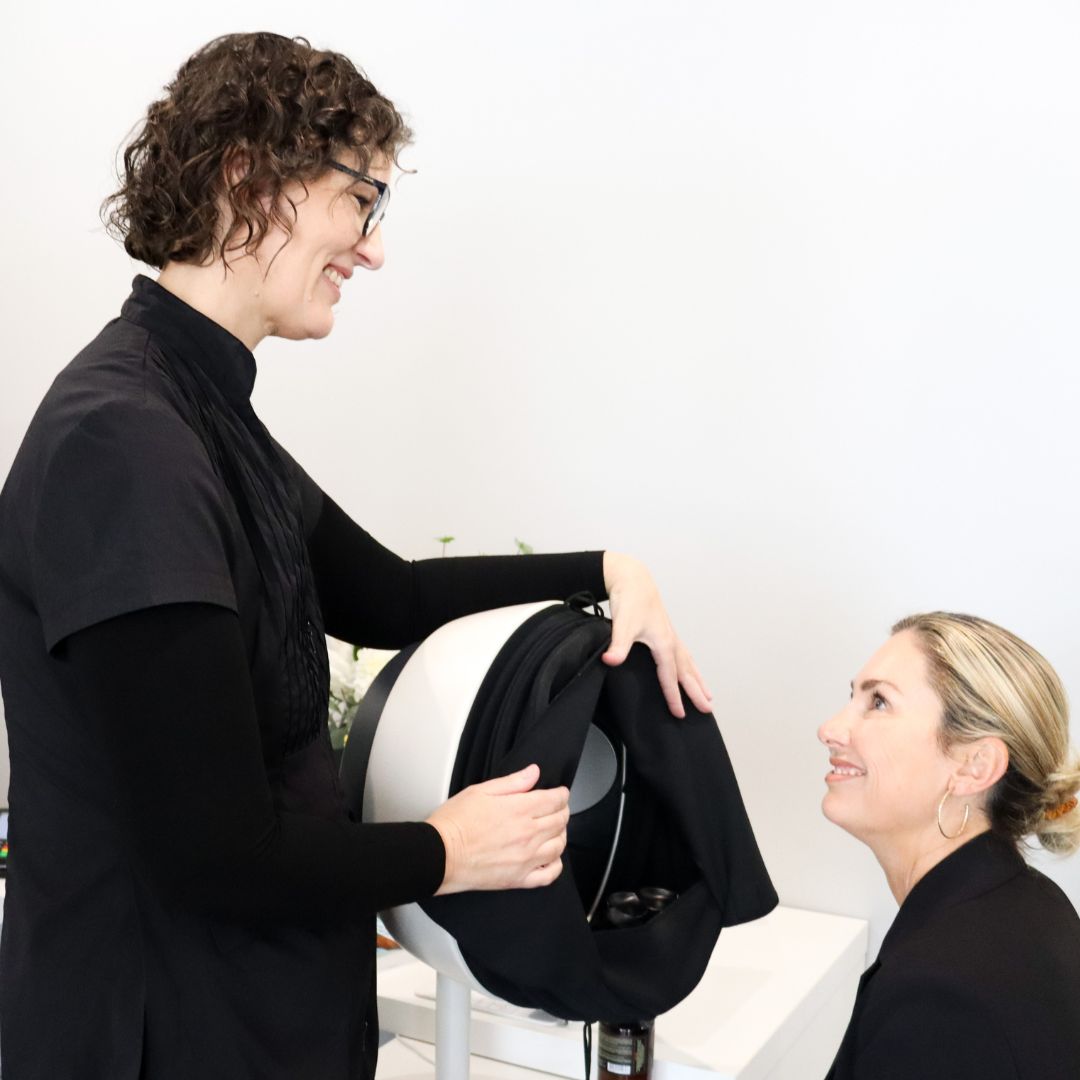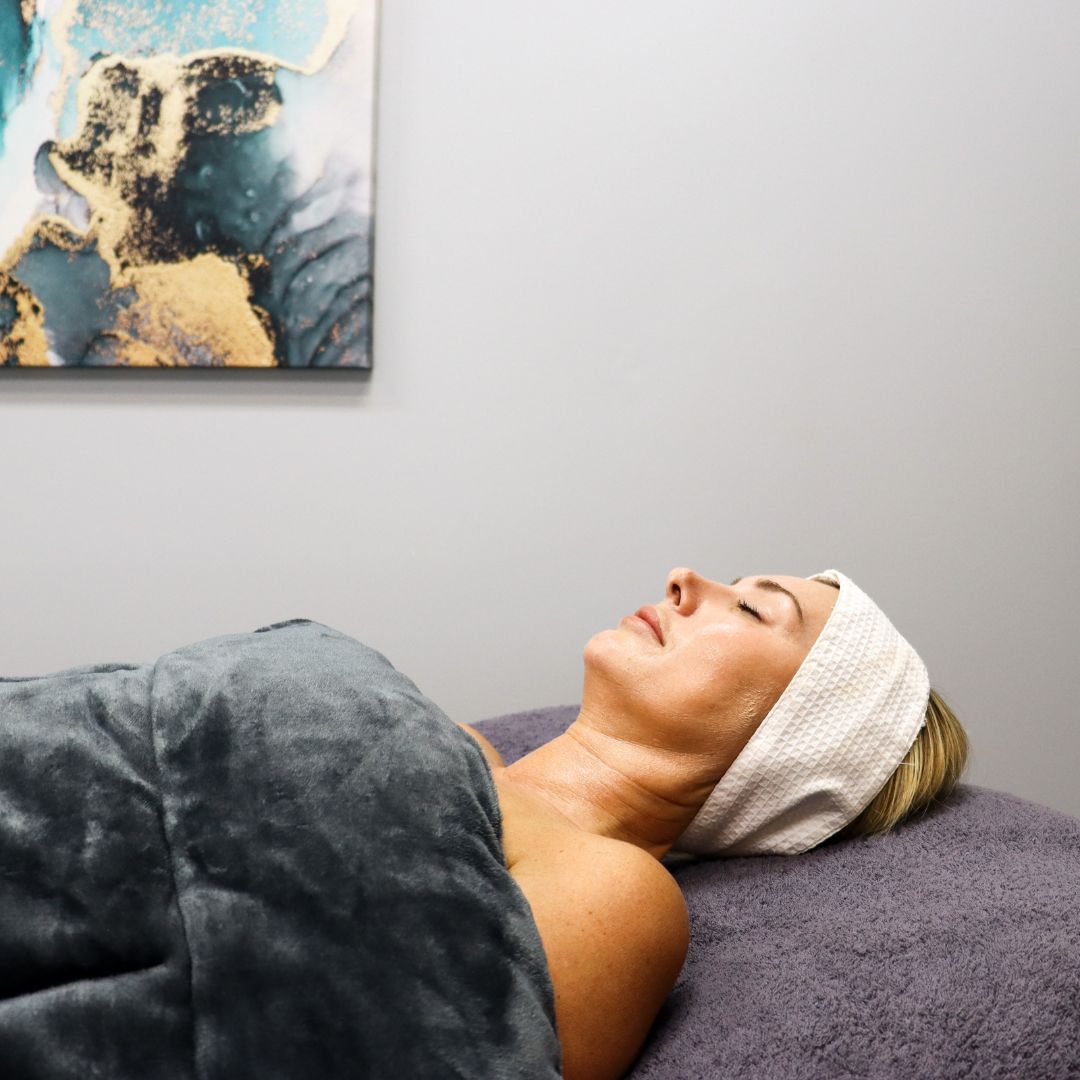Pigmentation
Specialising in problematic skin conditions.
Pigmentation.
Pigment changes in the skin refer to alterations in the skin’s colouration, which can occur due to various factors, including genetics, sun exposure, age, and underlying skin conditions. Here are some common pigment changes in the skin and how they occur:
Hyperpigmentation: Hyperpigmentation refers to areas of the skin that become darker in colour than the surrounding skin. This can happen due to several reasons:
Sun Exposure: Prolonged sun exposure can lead to increased production of melanin, the pigment responsible for skin colour. This can result in sunspots, freckles, and overall uneven skin tone.
Post-Inflammatory Hyperpigmentation: Skin inflammation, such as that caused by acne, injuries, or skin conditions, can trigger an overproduction of melanin, leading to dark spots in the affected areas.
Hormonal Changes: Hormonal fluctuations, as seen in pregnancy, birth control use, or menopause, can result in melasma, a type of hyperpigmentation characterised by dark patches on the face.
Aging: Over time, the cumulative effects of sun exposure and environmental damage can lead to age-related hyperpigmentation, often referred to as “age spots” or “liver spots.”
Hypopigmentation: Hypopigmentation refers to areas of the skin that become lighter or lose their pigment. This can occur due to several reasons:
Vitiligo: Vitiligo is a skin disorder in which the body’s immune system attacks and destroys melanocytes (pigment-producing cells), leading to white patches on the skin.
Post-Inflammatory Hypopigmentation: After skin inflammation or injury, melanocytes may be damaged or destroyed, resulting in hypopigmented scars or patches.
Albinism: Albinism is a genetic condition characterised by a complete or partial absence of melanin in the skin, hair, and eyes. Individuals with albinism have very light or pale skin and are highly susceptible to sun damage.
Freckles: Freckles are small, concentrated areas of increased melanin production. They are often genetically determined and tend to become more pronounced with sun exposure.
Birthmarks: Birthmarks, such as moles or port-wine stains, can result from abnormal growth or distribution of melanocytes during fetal development.
Tanning: Tanning occurs as a response to UV radiation from the sun or tanning beds. The skin produces more melanin to protect itself from UV damage, leading to temporary darkening.
Medications: Some medications can cause changes in skin pigmentation as a side effect. For example, certain antibiotics, antimalarial drugs, and chemotherapy drugs may lead to skin discoloration.
Skin Disorders: Skin conditions like melasma, lentigo, and seborrheic keratosis can also result in pigment changes.
It’s important to protect your skin from excessive sun exposure to minimise the risk of hyperpigmentation and other pigment-related changes. Sunscreen, protective clothing, and sun avoidance during peak hours are effective measures.
Pigment changes in the skin can occur in individuals of all skin colours, but the risk and presentation of these changes can vary depending on a person’s skin type and colour. Here’s a general overview:
Advanced Skincare Clinicians can provide personalised guidance and recommendations for managing menopausal skin.
Fair Skin: Individuals with fair or light skin are often more susceptible to hyperpigmentation caused by sun exposure. They may develop freckles, sunspots, and uneven skin tone more easily. Fair-skinned individuals are also at greater risk of sunburn, which can lead to post-inflammatory hyperpigmentation.
Olive or Medium Skin: People with medium or olive skin tones may still experience hyperpigmentation due to sun exposure and may develop freckles or sunspots. They are also at risk of post-inflammatory hyperpigmentation, especially after skin injuries or inflammation.
Darker Skin: Individuals with darker skin, including those of Asian, Hispanic, or African descent, are more prone to certain types of hyperpigmentation, such as melasma. Melasma causes brown or grey, brown patches on the face and is often triggered by hormonal changes, such as pregnancy or birth control use. Darker-skinned individuals can also experience post-inflammatory hyperpigmentation.
Lighter Spots in Dark Skin: Hypopigmentation, or the loss of pigment in the skin, can be particularly noticeable in individuals with darker skin tones. In some cases, conditions like vitiligo can result in prominent, depigmented patches.
It’s important to note that while hyperpigmentation may be more apparent in individuals with lighter skin tones, it can affect people of all skin colours. Furthermore, certain skin conditions, such as seborrheic keratosis or lentigines, can cause pigment changes and may be more common in individuals with fair skin.
Treatment And Prevention.
Regardless of skin colour, everyone should take measures to protect their skin from excessive sun exposure to minimise the risk of pigment changes, including wearing sunscreen, protective clothing, and avoiding tanning beds. If pigment changes or irregularities are a concern, consulting a dermatologist can provide a better understanding of the specific condition and options for treatment or management.






